As soon as that famous Disney logo with that famous song ended, I was immediately swept up in the stunning visuals of the film. They were opulent and lush all around, every detail helping to transport you, putting you back in that place of childhood when it wasn't so hard for you to commit fully to the imagination, to believe in the unbelievable. Moreover, the music was great (of course), with the immaculate vocals and the grand choreographed performances of the songs really being the foundation of the film. You could tell who was a classically-trained singer and who was not (looking at you EW), but all did beautifully well, culminating in a symphonic feast that matched the feast of the visuals.
And the actors were all sooo good… I absolutely loved the Gaston (Luke Evans) of the first half of the movie and his meilleur ami Le Fou (Josh Gad). Evans and Gad had so much fun with the characters, with Evans causing viewers to fall in love with the infamous villain. He’s almost too lovable, in that it causes his inevitable downfall to not feel quite cathartic enough. And it was so nice to laugh, with Gad hitting the comedic marks just right even in the midst of grand musical numbers. And the entire animated furniture ensemble shined through the CGI, particularly with Ewan McGregor as Lumière charismatically leading one of the best numbers of the film in “Be Our Guest.” It’s too bad we weren’t treated to more of Audra McDonald’s striking soprano in her role as Madame Garderobe, though.
The storytellers decided to add the backstory of Belle’s mother, which was a nice addition, though only a minor plot point that solely serves to help foster Belle's love for the Beast. And speaking of… I really feel that we don't have enough time with the Beast to really fall in love with him (much the opposite of Evans’ magnetism as Gaston). At the end, we only root for him because we know to from our familiarity with the original tale, not because the movie earns it by the end. In fact, the characters of the move’s namesake were some the least interesting characters of the entire film. It didn’t pose a huge problem while watching, but Emma Watson and Dan Stevens were certainly upstaged, as it were. The latter simply suffered from a lack of time to develop enough impact and depth in the character, while I would argue that the former was miscast in the role; not elevating the character, or selling the character’s storied adventurousness, headstrong and witty nature, or edge. And while I’m complaining, I wish there was a larger presence of the French language in the film; it would have helped ground the sense of location, and really would have just felt more right.
However, in the end, all the components of the film, while feeling a little rushed, really worked together to feel completely lovely, fantastical, and truly magical. The film takes viewers on an emotional journey, moving me to the brink of tears more than once. Moreover, the core of the story is so timely, delivering a powerful and pertinent message: it's what's on the inside that counts. No matter someone's exterior or past or even current situation, you can always connect, always feel, and always love, past difference, past hatred, past judgment. It was beautiful and simple, magical yet real, reminding us that human nature is often the most monstrous when steeped in hatred instead of understanding and love.
Rating: A-
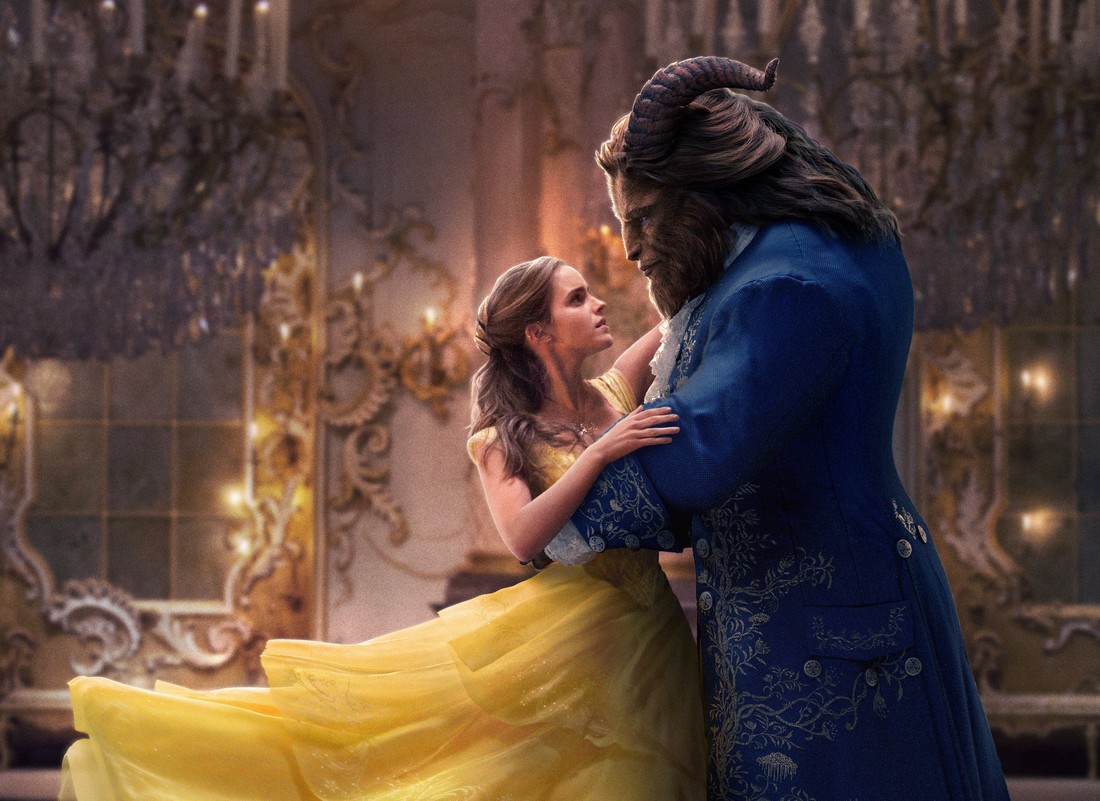
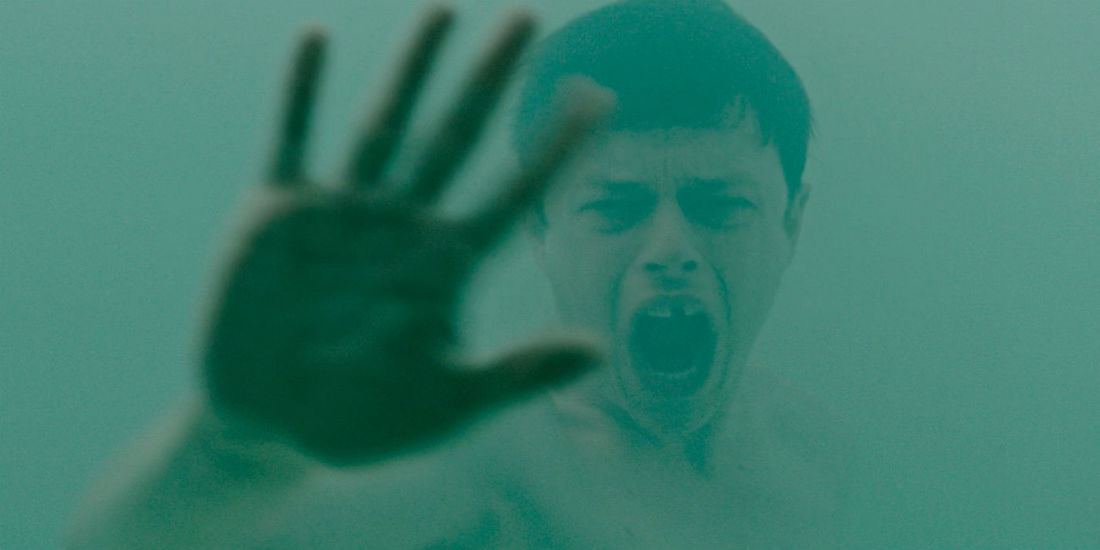
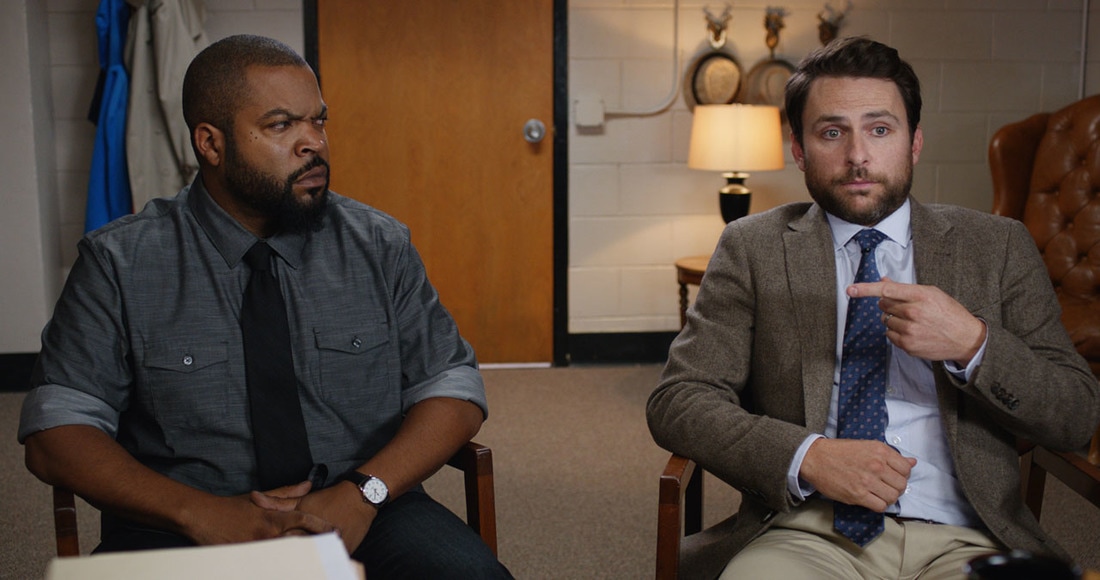
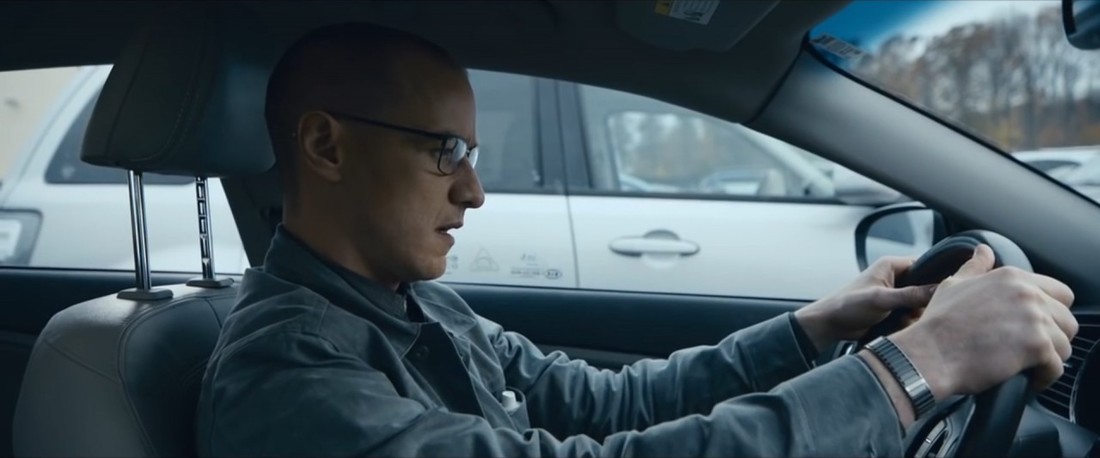
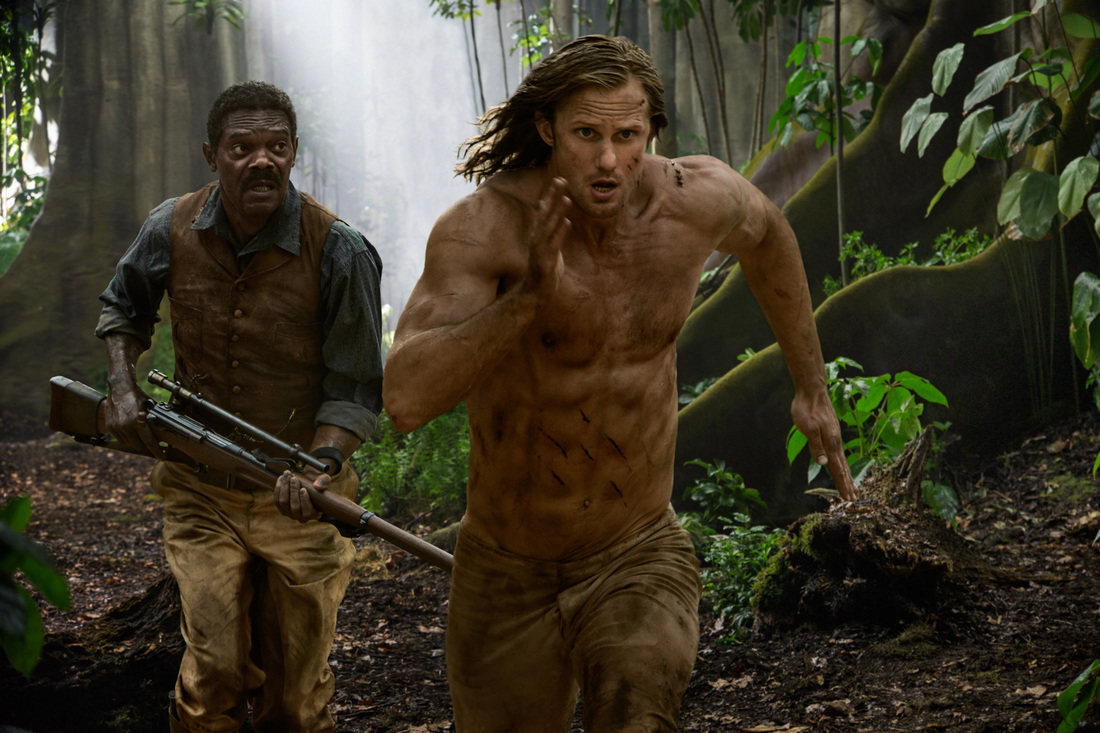

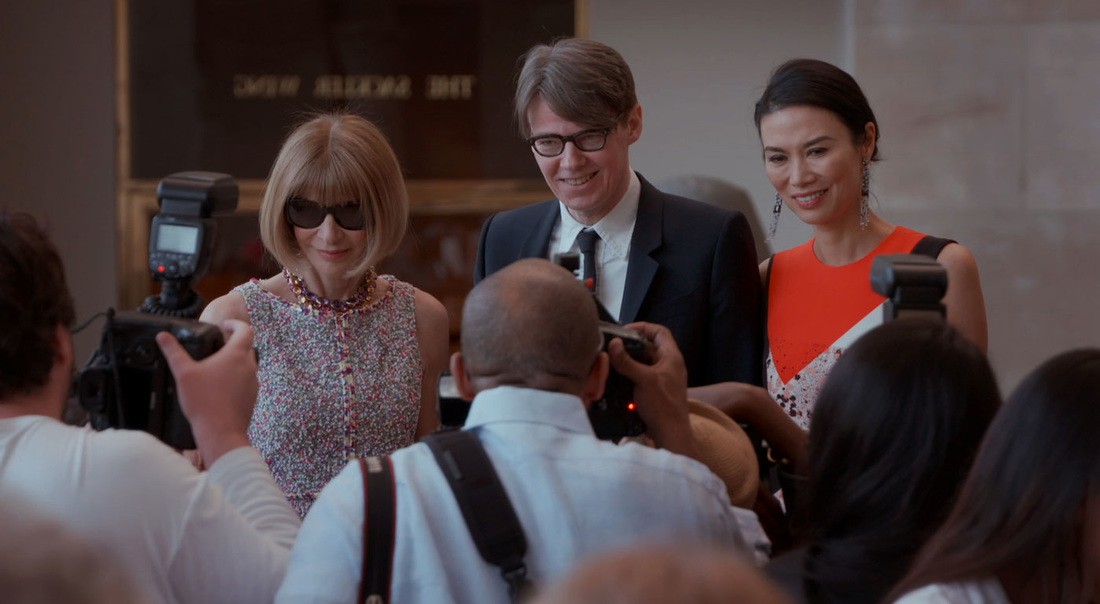
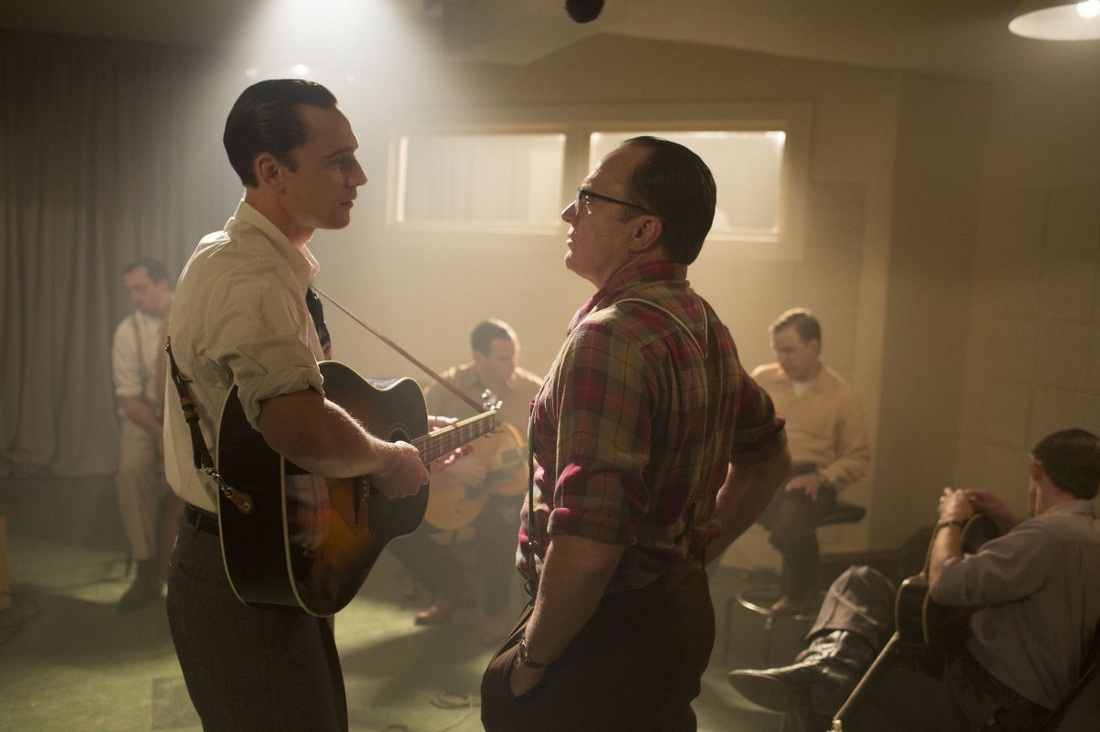
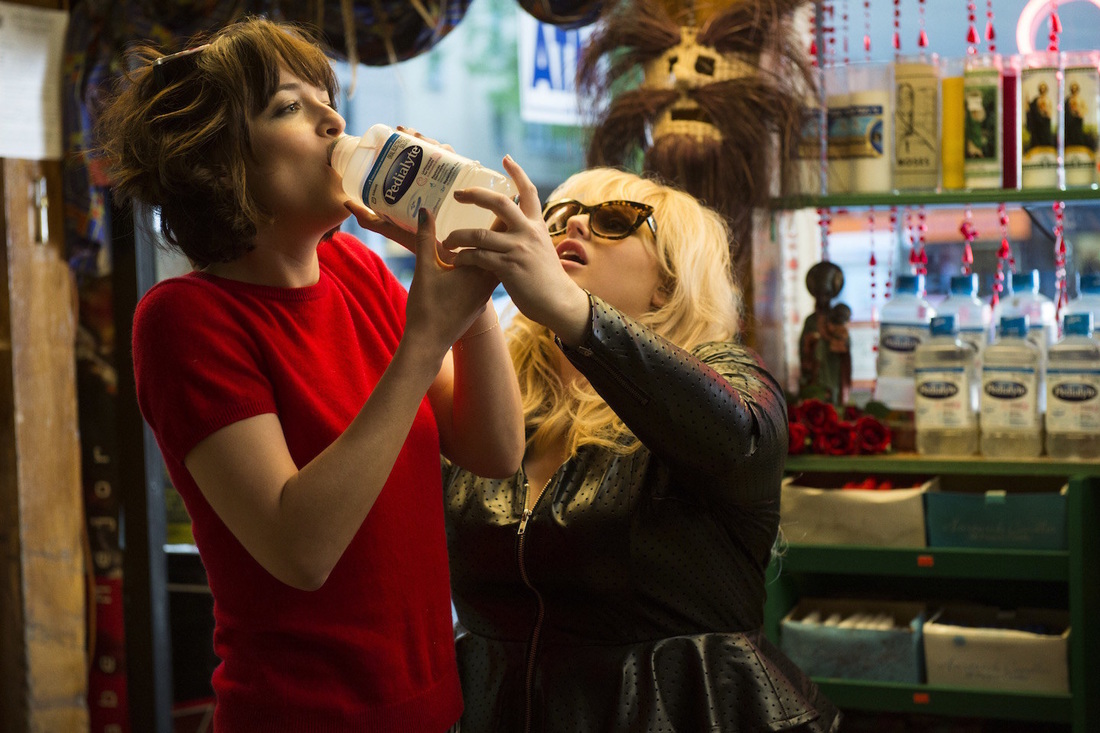
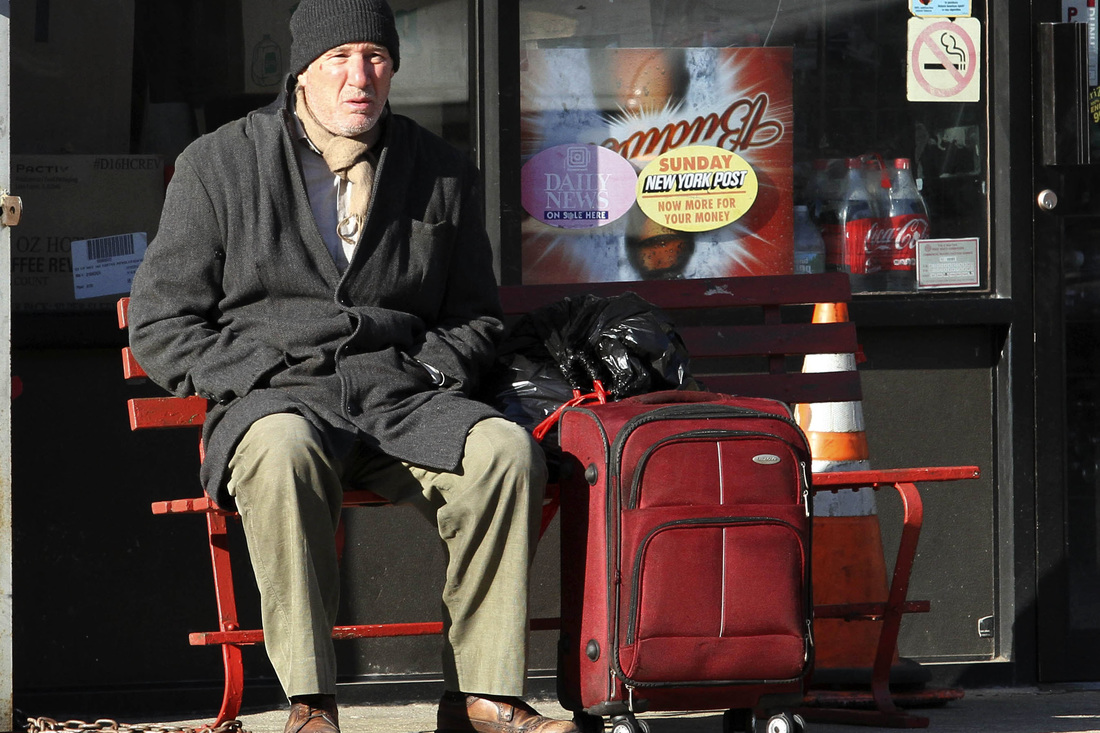
 RSS Feed
RSS Feed
